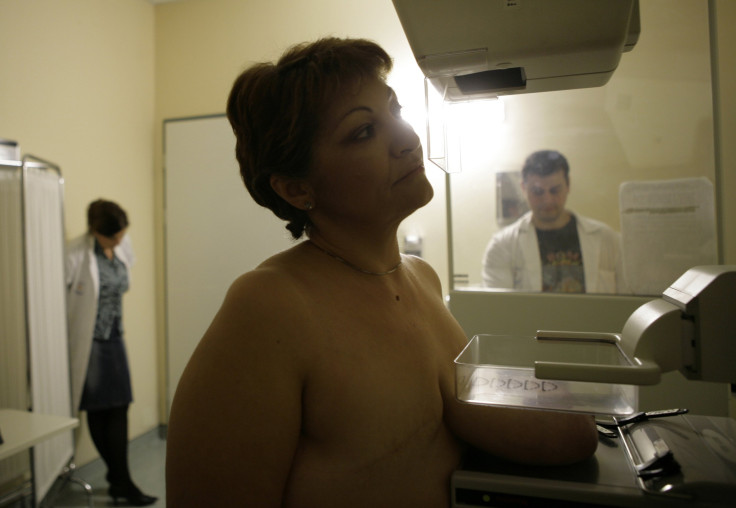New Drug Approved For Use In Breast Cancer By FDA

The FDA has approved Ibrance a drug for breast cancer in women marketed by Pfizer, Inc, New York. It is to be noted that the FDA has approved Ibrance under accelerated approval programme, considering the importance of the drug in treating life-threatening disease on account of clinical data demonstrating its benefits to the patients. Ibrance is approved for use two months prior to its scheduled date, April 13, 2015.
Ibrance is intended for use in postmenopausal patients with estrogen receptor (ER)-positive metasatic breast cancers who had not received endrocrine-based therapy and not in human epidermal growth factor receptor 2 (HER2)-positive metasatic breast cancers. Ibrance works in ER-positive metasatic breast cancer by inhibiting cyclin-dependent kinases (CDKs) 4 and 6, which promote the growth of cancerous cells.
Ibrance is used in combination with another FD- approved drug for treating breast cancer in postmenopausal women, named letrozole for better results. Richard Pazdur, M.D., director of the Office of Hematology and Oncology Products in the FDA’s Center for Drug Evaluation and Research, reported that the addition of palbociclib to letrozole would be a novel treatment option for use in metastatic cancer in women. He also added that the FDA is committed to provide accelerated approval for such cancer drugs.
The efficacy of the drug is demonstrated by giving letrozole with and without the combination of Ibrance in 165 ER-positive, HER2-negative postmenopausal women. About 20.2 months disease- progression free survival is seen in patients who had Ibrance combined with letrozole and 10.2 months disease progression-free survival in patient who had only letrozole. Significant difference in the progression of the disease is seen when letrozole is given in combination with Ibrance.
The patients are given 121 mg of the drug for 21 days and followed by no treatment for the next seven days. Complete blood count of the patient before and after the therapy and 14th day of first two cycles should be monitored. Nausea, fatigue, anaemia, alopecia, loss of appetite, nosebleed, and decrease in white and red blood cells are some of the common side effects of the drug.
To report problems or to leave feedback about this article, e-mail: saranya@ibtimes.com.au





















